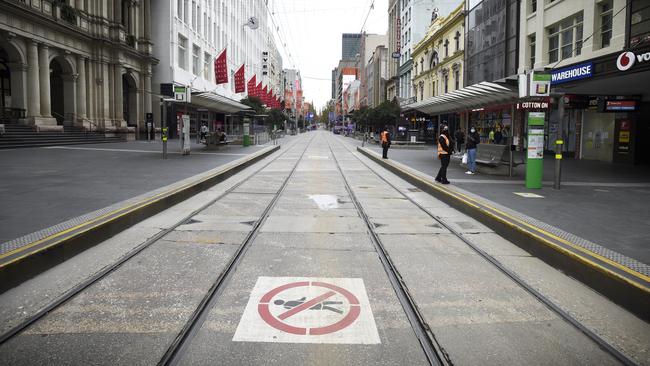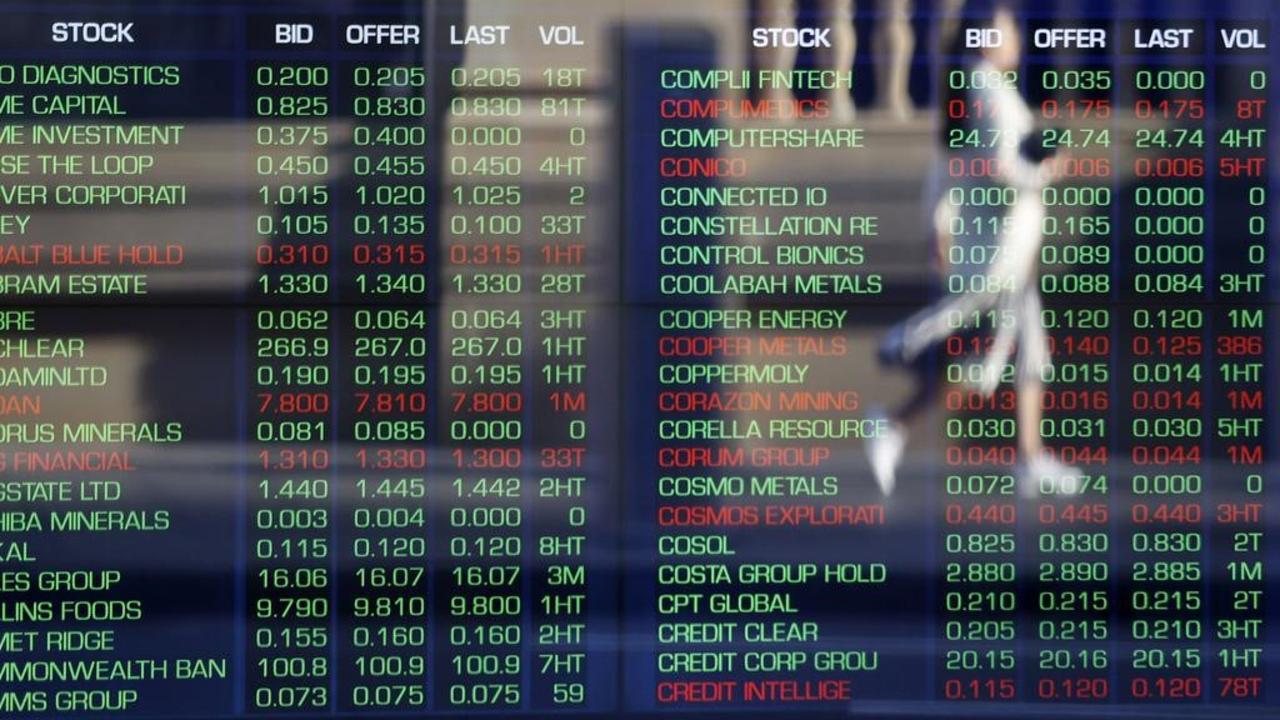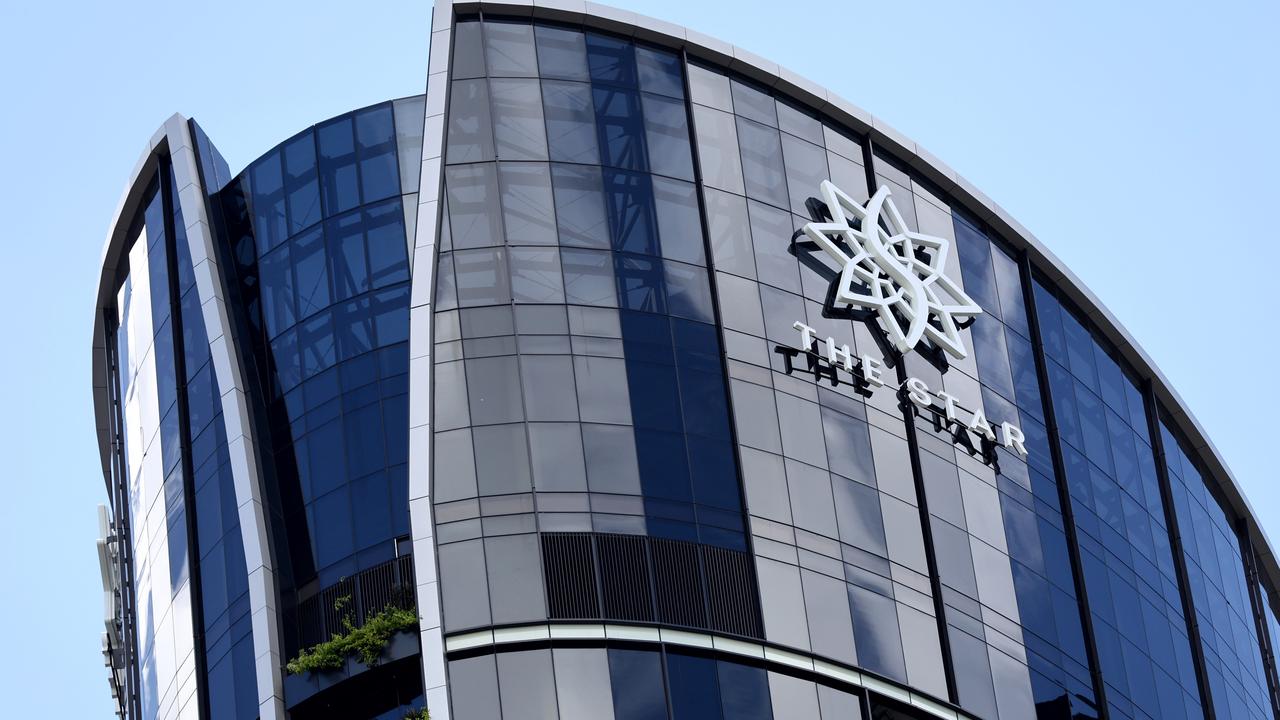
Those three words – “at this stage” – point to the key question, the troubling uncertainty, and the risk of more serious and sustained economic and financial pain.
If we get to Thursday and that’s it; the lockdown ends – either the virus outbreak is obviously contained or the Victorian government, acting of course “on heath advice”, believes it’s under control – all 26 million of us can breathe a collective sigh of relief.
Yes, it will have been brutal, for the individuals and businesses whacked; yes it will have cost the Victorian and the national economy something north of $1bn.
But we could then draw a line in the sand and move on – move on, especially with an accelerated vaccination dynamic, with Victoria once again ‘helping’ in the same way you help yourself when you stop banging your head against a brick wall.
On that basis, this should be “the last lockdown”. Once we pass some point – 50 per cent community vaccinated, with 75 per cent ‘oldies’ done? – that must be it for any generalised lockdowns.
The cost-benefit would be absolutely and undeniably against generalised lockdowns. I’m excluding very focussed, very temporary, ones that might be able to be justified.
That’s one destination. The other one really doesn’t bear thinking about except that we have to. We get to Thursday and the lockdown’s extended – again, hopefully at best, for ‘only’ another week.
The most important aspect of such an extension would clearly be the health consequences, hopefully only for Victoria. As I wrote earlier in the week, we still don’t know, we still cannot know whether the virus has already flown out of Victoria in the same way it flew in.
I should add, I personally think the chances are very, very small.
My focus is the economic consequences of any extended Victorian lockdown and the policy challenges.
Last year, Victoria’s lockdown all on its own lopped 2 per cent off national economic growth in the September quarter.
Yes, it helped boost growth in the December quarter when Victoria re-joined the rest of the country. But it did not make up all the ground lost. And it all cost: multi-billion dollar bigtime
Critically, that was all happening with JobKeeper – pouring money not just into Victorian pockets but pockets across Australia, with the bill just being added to the national credit card into the never-never.
Now there is no JobKeeper. Or rent relief for businesses.
Victorians – and the other 19m Australians – can survive one week. But if one week becomes two, or worse, four weeks?
In those circumstances, the question would be very seriously posed: should the Federal Government bring JobKeeper back in some form; and if so, only for Victoria?
At this stage this is only – serious – conjecture. Let’s hope it remains moot.
On a broader projection into 2022, to slightly misquote Winston Churchill, I think we really do now stand on the brink of the beginning of the end (assuming the vaccines do work).
That we should now be able to move relatively smoothly through: pervasive vaccination; no more generalised lockdowns; federal election; structured re-opening of the international border. More or less, normality.
With a similar backdrop extended into at least the developed world, the economic and financial outlook would look very upbeat.
We have never seen so much – monetary and fiscal – stimulus – pumped into the global economy.
Of course, it’s mostly been driven by the virus, and in particular the lockdown decisions governments took. So to date, the stimulus has broadly just offset the lockdowns.
But if there are no more lockdowns, it would now be like popping the cork on a champagne bottle – for both asset values but also now for the every-day economy.
Longer term of course, there’s the question of the bill. Our national debt is headed unstoppably to $1 trillion; it will keep going up, hopefully at a more subdued pace.
The US debt is at $US30 trillion (nearly $40 trillion) and the Biden administration has it rising by at least $US3 trillion a year into the foreseeable future.
It’s ‘not a problem’ while interest rates are almost zero. But they will go up.
Both our Reserve Bank and their Fed are still saying they won’t move their policy rates before 2024. I think both will be forced to move before then; the US sooner than the RBA.
Interestingly, the RBA’s cousin across the Tasman is now on the record as thinking it will probably have to start raising its rate as soon as late-2022.
For now, all that’s in the very distant future – these days, that’s anything pretty much beyond a week or two. But you’d do well to remember it and think about it and your investments.
Right now, the nation has to get beyond ‘next Thursday in Spring St’.




Victoria’s – at this stage, seven-day – lockdown has thrown a spanner into the works for the whole country.